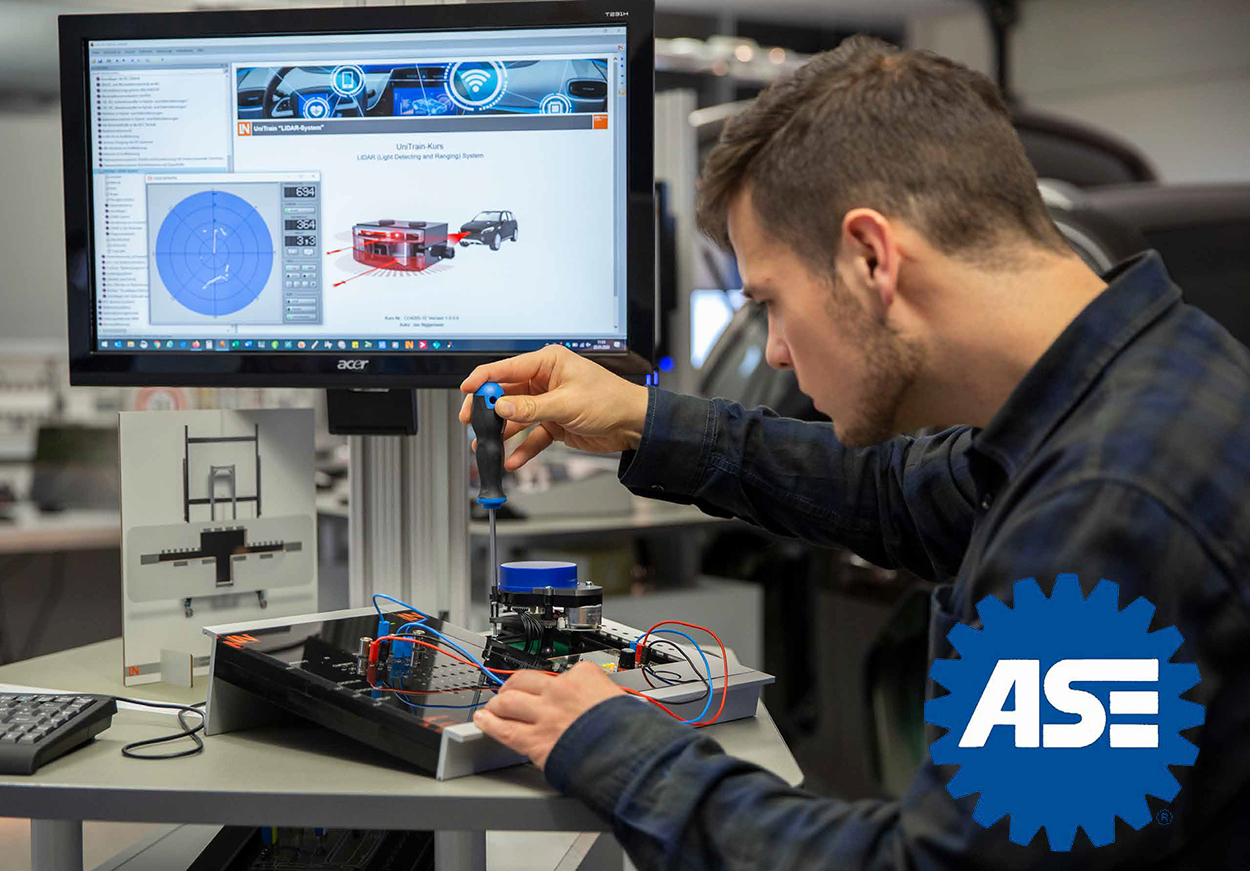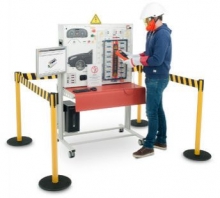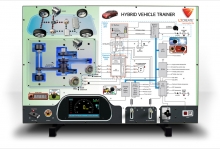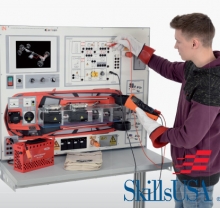ASE L4 Training
Qualification for ADAS
The Advanced Driver Assistance Systems (ADAS) Specialist Test (L4) is an advanced level certification from ASE. It is geared toward technicians who diagnose, repair, and calibrate advanced driver assistance systems in modern automobiles and light trucks. To register for the L4 certification test, students must have passed either the Automobile: Electrical/Electronic Systems (A6) certification test or the Collision: Mechanical and Electrical Components (B5) certification test.
The L4 test consists of 40 scored multiple-choice and ten unscored questions. (Upon initial release, it will consist of 80 total questions.) Half of the questions require using the ADAS Composite Vehicle Reference; these questions will be identified on the test. If you pass the L4 test and have at least three years of appropriate hands-on working experience (relevant training may substitute for some of the experience), you will be certified as an ASE Advanced Level Specialist.
Theory & Hands-On Practice
The challenges of training ADAS with real equipment:
- High-cost and space requirements: if trainees work practically in parallel, several modern vehicles, testers and calibration equipment are needed
- Very difficult to communicate the functionality - the various elements of the ADAS system are usually hidden and the ADAS functions cannot be used when the vehicle is stationary, only when it is moving
- Every trainee should be able to practice the different static calibration procedures
- Lack of training materials that explain the use of automotive radar, lidar and cameras in a clear way
A direct introduction to the topic of LIDAR (Light Detection and Ranging): Use this training system to teach industry-level diagnostic skills, including optical distance and speed measurement. The hardware of this driver assistance teaching system is based on a real, industry-standard LIDAR module, giving trainees valuable insights into how the system works on a real vehicle.
When combined with our e-learning course, the system not only teaches how the system functions but also, how to demonstrate troubleshooting techniques quickly and effectively. Trainees can easily activate various fault scenarios from inside of the e-learning course. With the aid of the included calibration board, you can also show how to adjust a LIDAR system right in the classroom.
Learning Conent
- Fundamentals of driver assistance systems
- Significance for self-driving vehicles
- Physical principles of light and lasers
- Safety regulations when handling and operating lasers
- Design and function of LIDAR systems in vehicles
- Calibration of a LIDAR system by means of a calibration board
- Diagnostics for CAN bus, power supply and actuators
- Measuring techniques and reflection properties
- Signal processing and detection of surroundings
- Networked driver assistance systems and system architecture
CO4205-1E
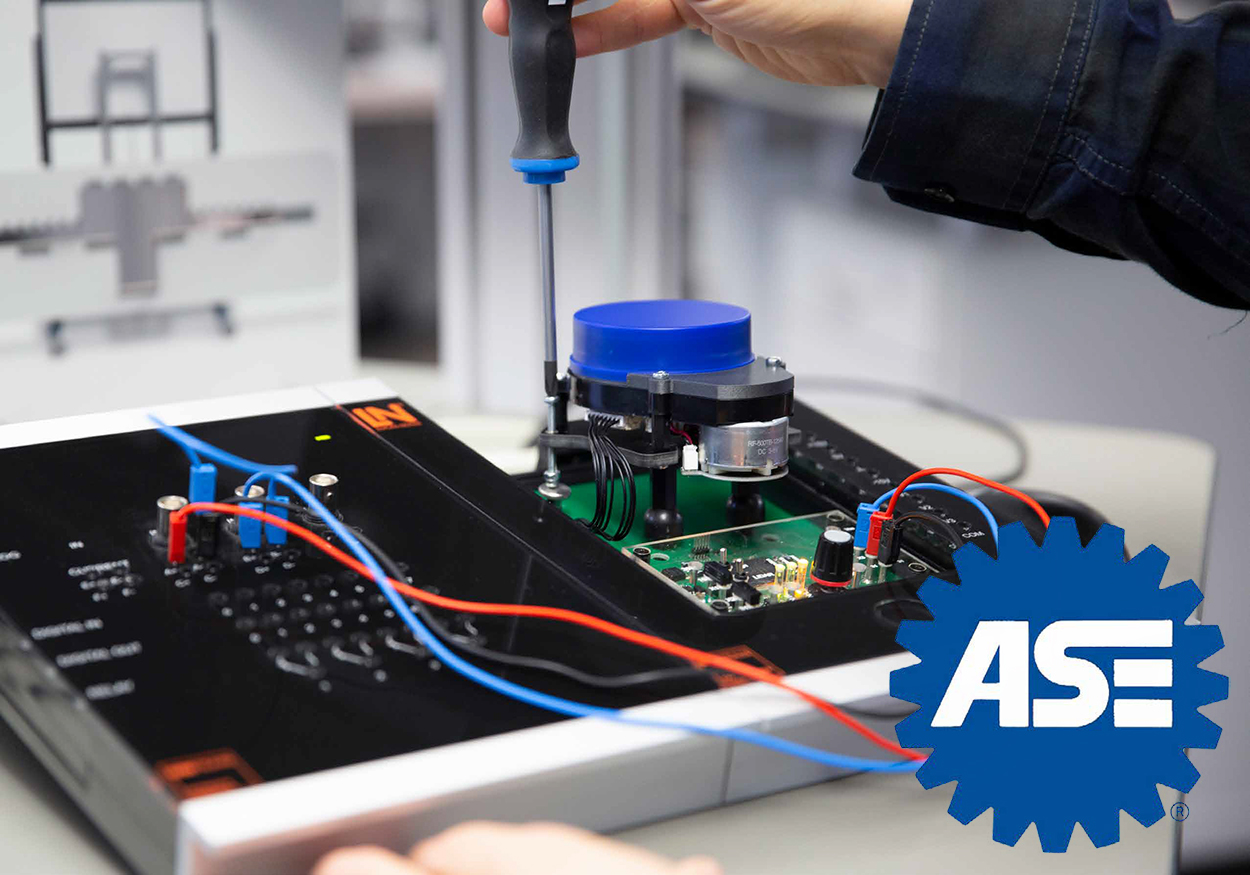
This UniTrain course introduces the trainee to the fundamentals of adaptive cruise control (ACC) including the emergency brake assistant. In addition to setting up and networking the system, all the individual components that make up the driver assistance system are discussed in detail.
A major focus is placed on the calibration of the radar sensor. This is carried out using a hands-on calibration target. The module can then be optimally aligned using the adjustment points on the ACC module.
Learning Content:
- Calibrate and operate a real radar sensor
- Calibration by laser
- Adjustment of the sensor by the trainee
- Control strategy of the ACC system
- Networking and setup of the ACC system
- Basics of radar technology
CO4205-1V

This training system demonstrates how the active and passive lane change assistant systems function. Our hardware system includes a front camera and calibration target, allowing the driver assistance system to be put into operation and calibrated the same as a real vehicle. Calibration is carried out using special diagnostic software and does not require mechanical adjustments to the camera itself. The lane assistant can be tested in different situations on different sections of the route and evaluated in detail using the analysis tools of the diagnostic software.
The necessary course content in the associated e-learning course includes integrated fault scenarios and numerous videos and animations to explain topics and procedures.
Learning Content:
- Overview of current driver assistance systems
- Stages of autonomous driving
- Operation of the active lane assistant
- Virtual lane
- Control behavior
- Performance limits of the active lane assistant
- Electrical components of the active lane assistant
- Networking in the vehicle
- Diagnosis including 4 workshop orders
- Calibration
CO4205-1W
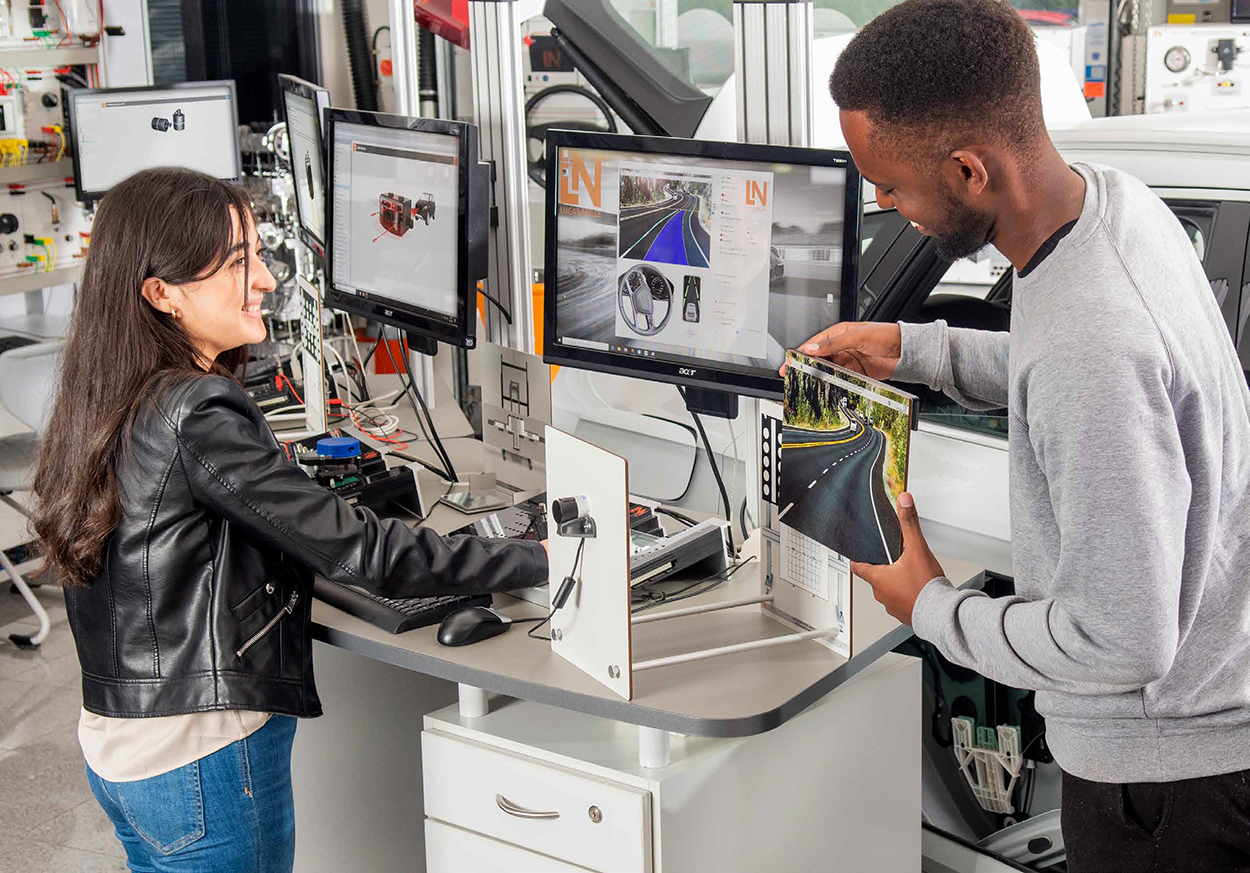
Another driver assistance system that’s important in assisting large SUVs or sedans in narrow parking spaces. Our UniTrain course includes a complete backup system for vehicles using several ultrasonic sensors and a reversing camera. Trainees gain real-world practical skills for handling and diagnosis of the system. This enables them to learn about the assistance system's physical limitations and ways to troubleshoot different malfunctions.
Learning Content:
- Design and operation of the driver assistance system
- Integration of the camera in the overall system
- Functionality of the ultrasonic sensors
- Role of the driver assistance system
- Learning about the diagnostic functions
- Familiarization with the limits of the system.
CO4205-1C

This training system enables trainees to set up an authentic Ethernet network and put it into operation. The focus is on implementing communication with the outside world via an existing EOBD connection exactly as it would be in a real vehicle. There is a specific purpose built into one of the three modules. The other two modules form an infotainment network involving communication via Ethernet. The prime purpose here is the transmission of real-time data. The individual control units can be configured separately with the help of the supplied firmware dongle. This allows one module to be set up as a media server and the other as a controller for the sound system. Any audio files can be played using this network (using USB).
Learning Content:
- Setting up an Ethernet network for a vehicle
- Areas of application
- Real-time transmission of data
- Ethernet system components
- Difference between Ethernet and CAN buses
- Comparison of standard Ethernet and Ethernet for vehicles
- Software updates for in-vehicle systems via Ethernet
- Use of OBDII interfaces via Ethernet
- Benefits and risks
CO4205-1A

Modern vehicles feature many electronic control units that can constantly communicate via a digital bus system. CAN bus systems are commonly used in construction, agricultural machinery and private or commercial road vehicles. The training system teaches this key topic in a way that closely resembles real-world practice. Trainees start by learning the fundamentals of communication procedures before advancing to diagnostics using simulated faults.
Learning Content:
- Reasons for using bus systems in vehicles
- Topology and components of CAN bus systems as used in vehicles
- Differences between low-speed and high-speed CAN
- Electrical properties of a CAN bus
- Data rate, identifiers, addressing and arbitration (low-speed and high-speed CAN)
- Structure of a message frame in a CAN message
- Analysis of CAN messages using CAN monitor and an oscilloscope
- Editing and transmitting CAN messages from a PC
- Troubleshooting
CO4204-7K

Today’s brake systems are becoming increasingly complex. Electronic aids such as ABS, ASR and ESP are now standard features on current systems. They are designed to help keep the vehicle physically stable during braking while protecting drivers. Each individual system is mutually connected and in part uses the same sensor signals. With this training system, the trainee learns practical skills and understanding or how the various systems interact and function together.
Learning Content:
- Basic physics of driving
- Oversteer and understeer
- Sensors: Function and design
- ABS: Function and design (slip, ABS control loop)
- ASR: Function and design (controlling situations)
- ESP: Function and design (operating principle)
CO4204-6W
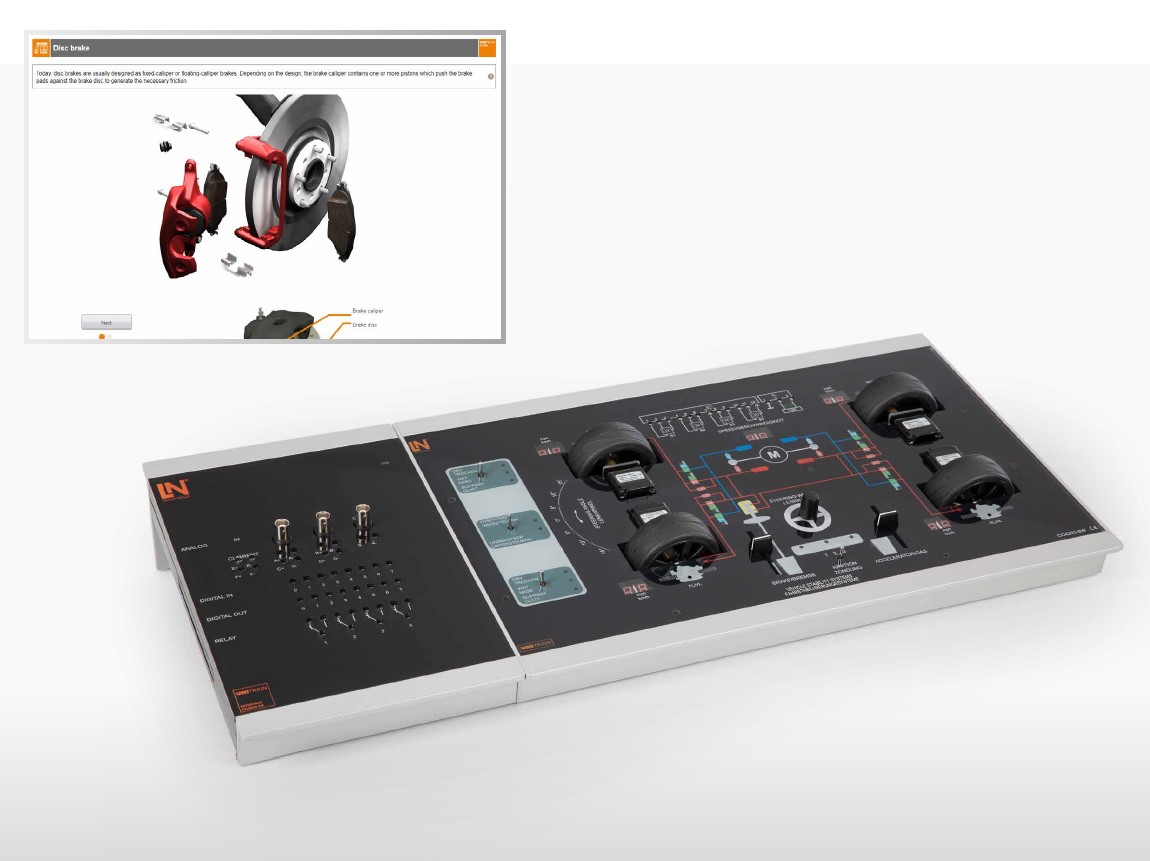
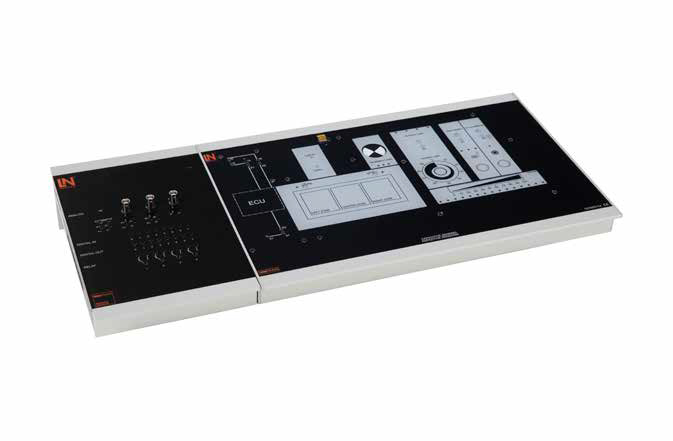
Course – Gesture control and capaci-tive touchscreen in the motor vehicle
CO4205-1U
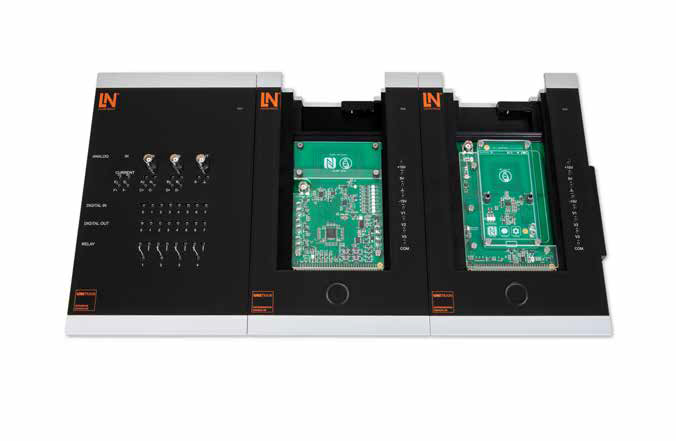
Course – Digital keys – NFC in motor vehicles
CO4205-1&
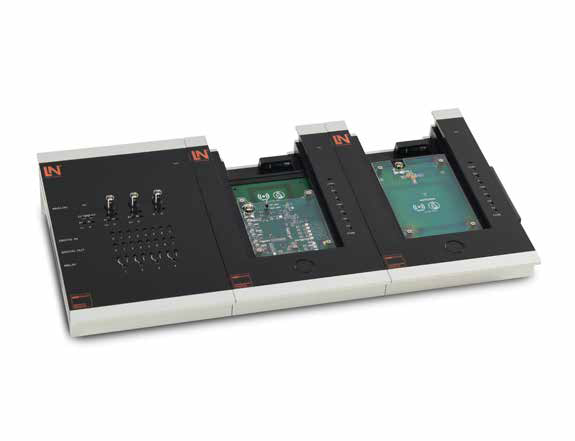
Course – RFID in motor vehicles
CO4205-1N
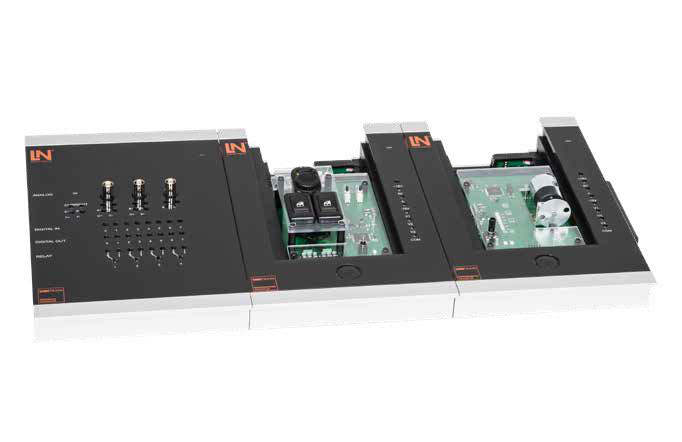
Course – LIN BUS in automotive
CO4204-7E
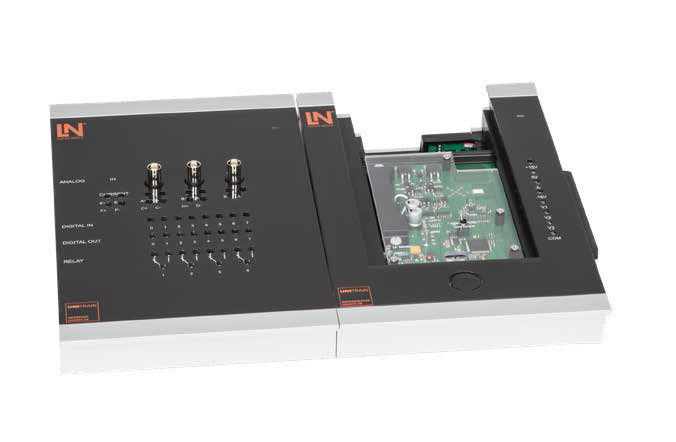
Course – Optical data buses for automotive applications (most BUS)
CO4204-7H
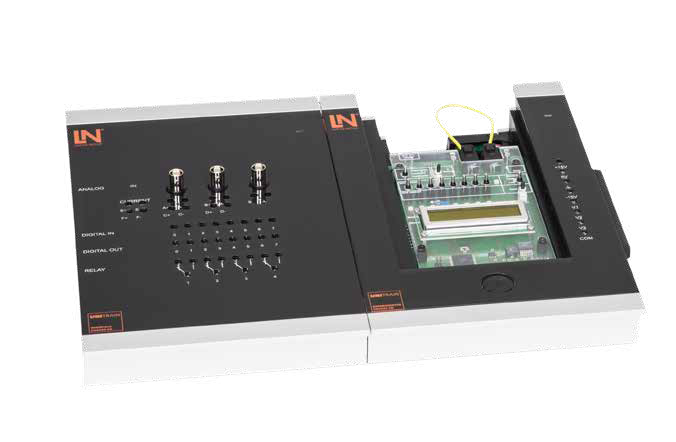
Course – Comfort systems and keyless entry
CO4204-G6

